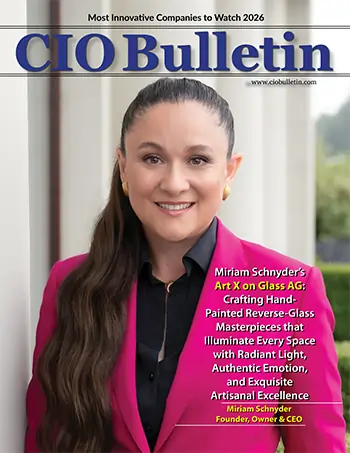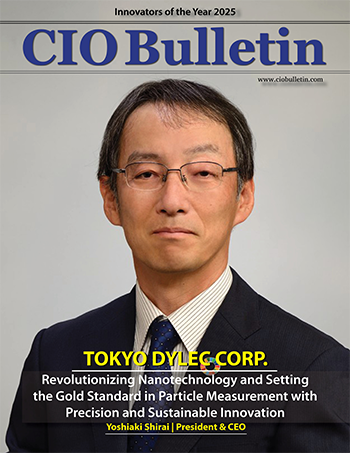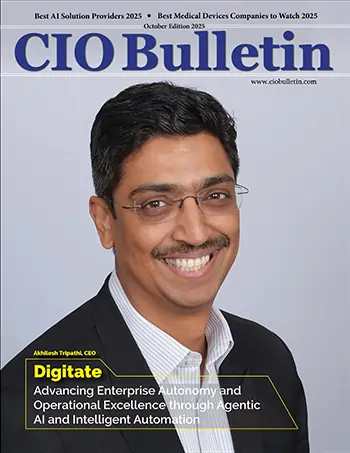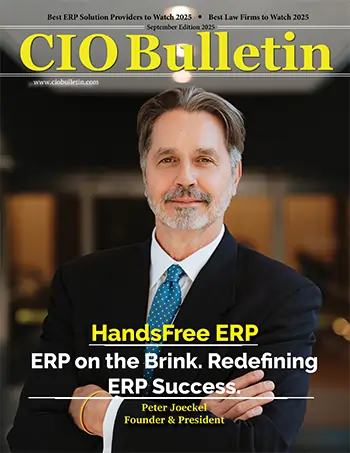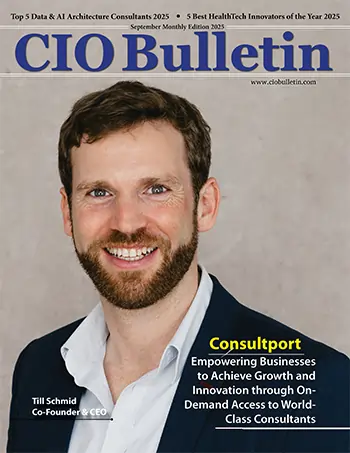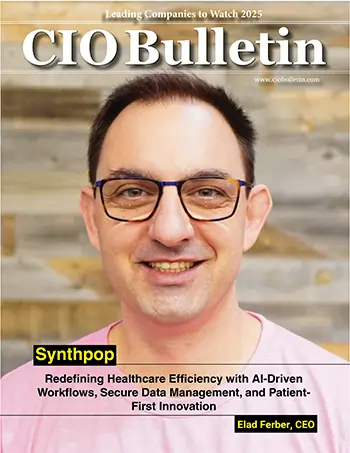Global Best Companies of the Year 2025
CIO Bulletin
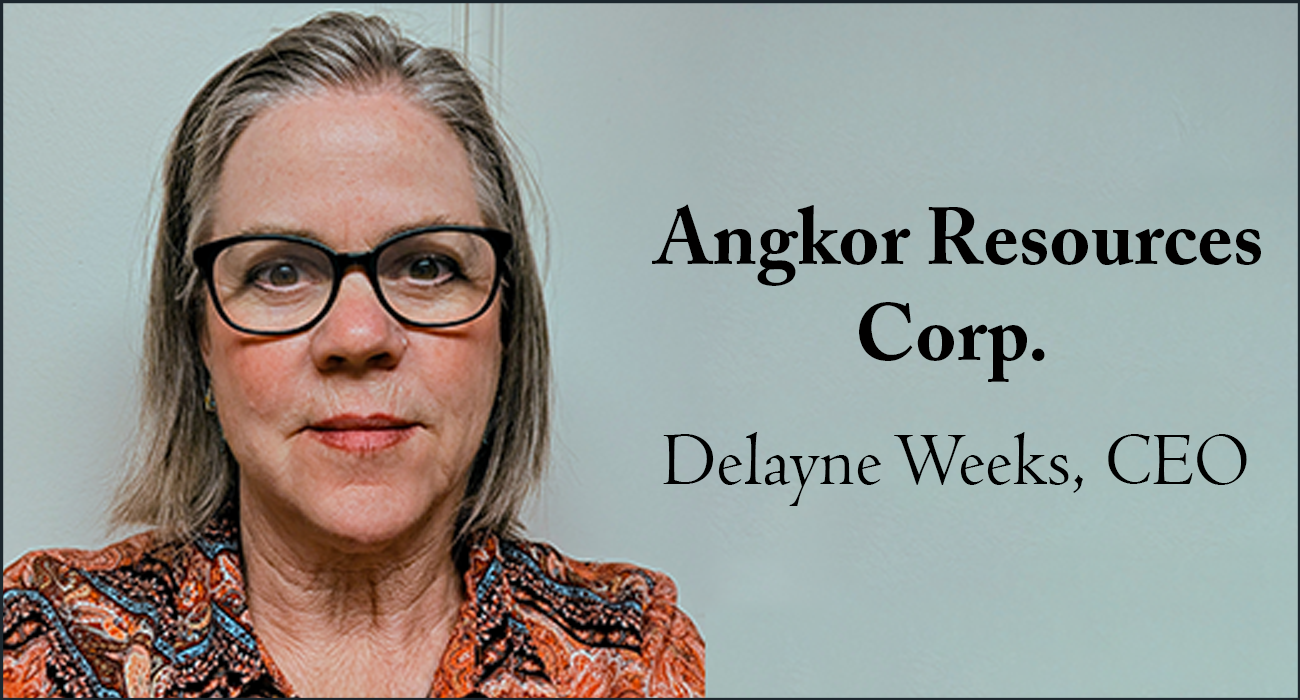
Trading Symbols: ANK-TSXV, ANKOF-OTCQB
The world stands at a crossroads, where innovation and sustainability converge to shape a brighter future. Resource exploration, once a race for profit, now demands a deeper purpose—balancing progress with responsibility. Companies leading this charge are not just extracting raw materials from beneath the earth to build value above surface but are redefining how to successfully build harmony into their activities with people and planet concurrently. Among them, Angkor Resources Corp. is one such company that stands out, carving a bold path in responsible resource exploration with a great vision and resolve.
Angkor Resources Corp., the first North American exploration company to venture into Cambodia, is a pioneer in the resource sector. For over 14 years, Angkor has driven exploration, project generation, and strategic partnerships to deliver sustainable industry development. With more than 10 deals worth over US$20 million since 2012, the company leverages its deep in-country expertise, substantial land holdings, and sharp deal-making to advance projects, generate cash, and secure future production equity.
Angkor pushes boundaries in minerals and energy, championing cleaner technologies that reduce carbon emissions and environmental footprints across Canada and Southeast Asia. From providing guidance for safer, cleaner techniques to artisanal gold panners to energy transitions, Angkor’s projects deliver social and environmental benefits. Committed to the UN’s 17 Sustainable Development Goals, its ESG and CSR practices are not add-ons but the core of how it operates.
At CIO Bulletin, we were privileged to interview Delayne Weeks, the visionary CEO of Angkor Resources Corp. She shared compelling insights on how Angkor redefines resource development by targeting high-demand niche markets, applying best-in-class practices, and delivering innovative, low-impact solutions. Under her leadership, Angkor builds a legacy of responsible exploration, creating enduring value for communities and the planet.
Interview Highlights
What inspired the inception of Angkor Resources Corp in 2009, and how has the company evolved over the past 17 years to become a leader in resource optimization in Cambodia and Canada?
Several Canadian socially-minded, semi-retired professionals from the extractive sector who had worked in multiple developing countries saw an opportunity in Cambodia. They were willing to listen to the needs of the people and implement a model for natural resource development that incorporated the theme People, Planet, Profit. Angkor started in the mineral sector but once the government knew the skillset and expertise of management, Angkor’s team was asked to look at oil and gas. The team has taken the best practices globally in the industries and where possible, adapted activities and leading practices to benefit their programs in Cambodia and more recently, in Canada. Making the adjustments on a project-by-project basis allows for improvements to be implemented and accepted more easily, which leads to resource optimization.
Can you provide an overview of the key products and services Angkor offers, particularly in the mineral and energy sectors, and how they differentiate you from other exploration companies?
Angkor pursues the exploration and development of minerals (base and precious metals) in Cambodia and has launched the exploration-to-production phase of Cambodia’s first onshore oil and gas project. As well, we established revenue streams in the oil and gas sector in Canada by buying production that had already implemented gas capture activities to eliminate production emissions. Having that regular, recurring revenue in place and a strong model for environmental and social prudence are the biggest differentiators when comparing Angkor to most other exploration companies.
What makes Angkor Resources and its activities unique?
Angkor is active in both the mineral and energy sectors. Mineral technical teams work concurrently with oil and gas technical teams, and the logistics and community/government relations personnel have shared duties. By building trust and credibility on the mineral front first—and implementing strong social, environmental, and community standards for the industry—the transition into oil and gas was smooth. Because Cambodia has never had an onshore oil and gas well drilled in the country, Angkor and its energy subsidiary, EnerCam Resources, are in a very rare position.
Its uniqueness is based on three elements:
Try finding another company that would enter a developing nation and undertake activities capable of changing that nation through a precedent-setting oil and gas discovery—while simultaneously creating a win-win scenario for all stakeholders through its community development practices. This includes local communities, the government, social and environmental protection authorities, and Angkor’s shareholders. That is what Angkor is doing—and what makes the Company stand out from others.
Oil and gas fuel over 80% of global energy. Angkor is taking a ‘have-not’ country and aims to make it a ‘have’ country through discoveries and the development of commercial oil and gas resources. Currently importing 100% of its hydrocarbon-based fuels—at a cost of billions of dollars annually—Cambodia stands to benefit from improved GDP, economic growth, development of midstream and secondary industries, enhanced skills and education for nationals, and, above all, energy independence. Having its own domestic energy source could lead the Kingdom of Cambodia to a level of national autonomy it has not yet experienced.
This is a rare and potentially transformative position for any company—a once-in-a-lifetime opportunity. Angkor’s mission is to fulfill this vision in Cambodia as a ‘win’ for every stakeholder. Its precedent-setting ESG platforms are woven into its daily operations. And it uses the expertise and revenue from oil production wells in Canada as a corporate ‘backstop’ to its operations.
How do you integrate the UN’s 17 Sustainable Development Goals into your operations, and which SDGs most shape your projects in Canada and Southeast Asia?
Our ESG plan was developed and implemented six years before the formation of the UN’s 17 Sustainable Development Goals (SDGs), which were introduced in 2015. By 2009, management had already integrated many of the principles of the SDGs into Angkor’s operations. Education, health, clean water, equality, poverty reduction, forest and ecosystem protection, and food security were just some of the areas addressed by our daily initiatives.
We spoke at the UN Mining Sustainability Conference in Geneva for three consecutive years on these very topics, in sessions attended by over 300 delegates representing 55 countries. These initiatives continue today—15 years later—with a training center offering four English and computer classes per day, accommodating Indigenous students from surrounding villages.
Our water and sanitation projects have extended across seven provinces and remain active as community-led initiatives, sponsored and facilitated by Angkor. Our work to reduce poverty in rural communities and assist in land protection and economic development aligns directly with our natural resource development activities.
While the SDGs provide a global framework for sustainability, Angkor defined its corporate model as early as 2009—and the success of that model continues to guide our operations to this day.
The Block VIII onshore oil and gas project in Cambodia aims to establish the country’s first domestic hydrocarbon resource. With both that and the mineral projects, how are you incorporating carbon reduction strategies into your projects?
By researching the greenest trends in the extractive sector, we can implement technological advancements that align with our projects. Using Envirovibe equipment and methods instead of dynamite for seismic work, multilateral drilling with up to 12 legs from a single platform rather than 12 surface platforms, bioleaching to recover trace elements and minerals from production water (in both mining and oil and gas), and capturing carbon emissions from production and converting them into saleable fuel are some examples of how we can reduce the carbon footprint. With the amount of innovation and technological advancement available today, there are numerous areas where industry players can contribute.
How does Angkor Resources ensure equitable and sustainable partnerships with Indigenous communities like the Jarai tribe on the Andong Meas license, and what lessons can inspire global companies?
First and foremost, including and engaging our Indigenous communities in the planning phases of a project and continuing with preliminary activities of exploration is done BEFORE there is a resource. As soon as our boots hit the ground, we work with the communities, so they become part of the project. These activities provide employment, skills development, enhanced education, and numerous other elements that help nurture understanding of goals and how we reach them. The human resources for that can come directly from locals, from Indigenous communities.
Additionally, regular follow-up meetings and the use of visual aids help communicate safe, healthy practices to locals, such as artisanal miners, without instilling fear.
Too many companies wait until they discover a resource before they implement community development, or they go to high-level government authorities and undertake something that looks good but does not necessarily address the needs of the community. All this has led to a precedent-setting, cradle-to-grave agreement between Angkor and the Indigenous communities, which is the first of its kind in Cambodia.
Looking ahead, what are Angkor’s primary goals for the next 3–5 years, particularly in terms of expanding your presence in Southeast Asia, advancing carbon capture initiatives, or exploring new resource opportunities?
In the next three years, Angkor will strive to achieve the following goals, namely:
